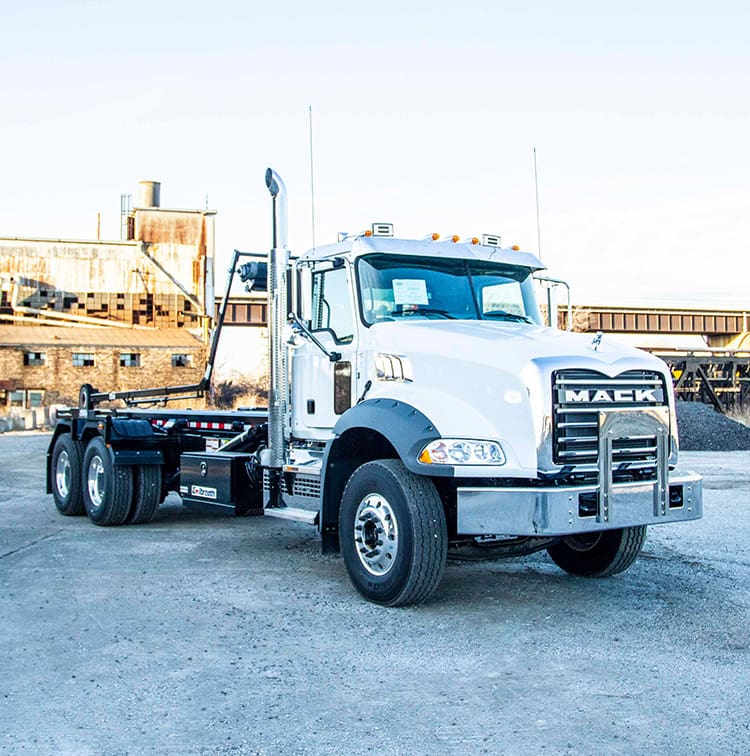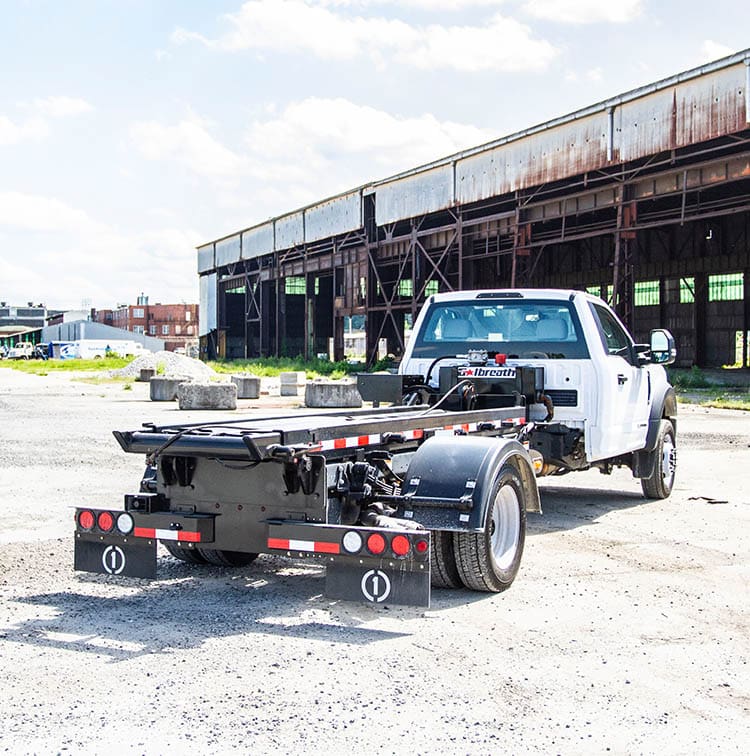Truck Sub-frame and Body Installation Drawing
Read This Before You Purchase Your Next Roll-Off
Roll-off is a generic term for whatever truck that is responsible for loading/unloading and transporting portable or removable containers from one location to another. Characterized by the utilise of open, topless containers and the power to scroll and tilt them, roll-off trucks allow operators to have containers at many locations, serving multiple customers with fewer trucks and drivers.
Whether it's waste matter direction, construction, sabotage, roofing, or some other kind of bulk disposal or clean-up chore, scroll-offs are not bad alternatives to larger fixed-bodies, which may not be able to maneuver as well in tight spaces. Therefore, they are well-suited for a wide variety of applications.


Take demolition projects, for example, where large amounts of rubble and structural remains have to sorted and hauled offsite. They need the forcefulness, immovability, and space offered by gyre-off trucks. Or cleaning upwardly after a natural disaster, like a hurricane with fallen trees and other resulting debris, which requires fast and efficient removal. The list goes on. By being able to place multiple containers side by side, sorting and loading can occur continuous, without having to wait for a truck to arrive.
The concept of coil-off trucks was devised in the 1950s by an Oregonian trash mover named Harold Alexander. Frustrated by the limitations of the truck equipment he was using at the fourth dimension, he created a blueprint for a ringlet-off prototype that would make his job easier by saving time, space, and labor. "Dad's intention was to non market his roll-off, but rather to give himself a competitive edge against the other Portland haulers," remembers Harold's son Todd Alexander.
Merely the rest, as they say, is history. Curlicue-offs continue to evolve over the years, and current iterations have extended their applications with improved designs and state-of-the-art technology.
At Custom Truck I Source (CTOS), where we sell industry-leading Galbreath, Palfinger, and Amrep products, we receive a lot of queries from potential buyers about whorl-offs. To answer some of the most commonly-asked questions, we sought the expert opinions of Bryan Bachmann, the Production Director of Roll-Offs and Hook-Lifts, at CTOS:
What are the unlike types of roll-offs?
The virtually common roll-off truck in the U.S. and Canada is a cable hoist roll-off with multiple sub groups and styles of frames and under structures, followed by a hook-loader. These are the two chief movers for containers, and they tin can get from a tandem axle to a single beam.
Tell usa more than most a cable roll-off.
Information technology's a tilt-frame that uses hydraulic cylinders mounted to the rear finish of a truck. The cablevision roll-off system has evolved from a pulsate winch to a reeving system. A reeving system is now the well-nigh common, occupying 99% of the infinite. A cablevision organisation uses the hydraulic cylinders to make a cable travel a fixed distance of roughly 22 or 24 anxiety. And so yous hook on to the container and it allows you to load the container at a varying angle, using a cablevision to pull on the container under the roll-off.
Explain the mechanics of a hook loader.
A claw loader is a mechanical system with using a hook and the A-frame on a container. The claw articulates to the rear of the truck at a sure meridian, grabs the container, then articulates back towards the cab, loading the container onto the truck.
Hook elevator, claw loader, hook roll-off, hook hoist – are they notwithstanding?
Yes. Europeans typically call them hook loaders. In America, considering nosotros have a cable hoist, we call them hook hoists. So don't be confused, because they all the same.
Explicate the safety advantages of a hook hoist over a cable hoist.
With a cable hoist, the operators take to exit the cabin, go between a `compression point' (the rear of the truck and the front of the container), attain down in a compromising position, put the cablevision stop of the claw on the container, and so get back into the truck and load information technology. They then have to step back out of the truck to tie it down. So, if you're in a muddy or icy area, you take an operator climbing in and out of the cab, risking chances of slipping and causing neck, back, or ankle injuries. In contrast, with a hook hoist system, the operator never has to go out the cab at all! They can operate safely from inside the cab, making the process faster and more than controlled for loading and unloading.
Source: https://www.customtruck.com/read-this-before-you-buy-your-next-roll-off/
0 Response to "Truck Sub-frame and Body Installation Drawing"
Postar um comentário